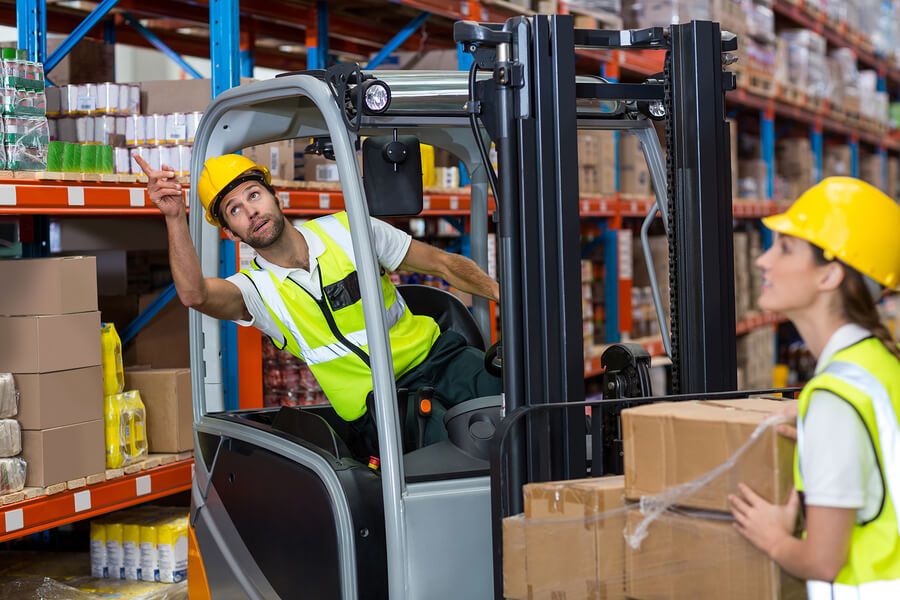Have a Plan - Mezzanine Safety Essentials

The moment you see or hear the word "mezzanine" in your workplace, your thought should immediately turn to fall protection. In general industry, the minimum height at which fall protection is needed is 4’. Because mezzanines are typically used to store goods or machinery up off the floor with allowable passage underneath, it’s safe to say that most mezzanines you encounter will exceed 4’ in height.
The best-case scenario is for no one to work at height; eliminating the hazard should still be the first option considered. However, that is not always a luxury we have. Second, surrounding the mezzanine with OSHA compliant guard railing keeps the perimeter safe. It is understood that this is not always an option for a variety of reasons. To be thorough, let's explore "active" and “passive” fall protection systems for Mezzanine safety.
If the mezzanine needs to be accessed, surrounding it with an OSHA complaint guardrail is your best option. This would be a "passive" system, as it does not require anything from the worker for protection. Because materials are kept up there that need to be accessed by a forklift or some other mechanical means, an opening in the rail is inevitable. That opening is now creating a new fall hazard. Find out ways to protect that opening with a mezzanine pallet gate.
Guardrails should always be considered first. If that won’t work for whatever reason, then fall protection must be achieved in another way – most likely through personal fall arrest systems or travel restraint. Either of these is considered "active" methods that will require the use of a full-body harness, lanyard, and a suitable anchor point. This is considered “active” due to the requirement of the worker to interact with the system for protection.
In this case, much design and engineering must be reviewed before proceeding safely. OSHA states that any active fall protection system must be designed, installed, and used under the supervision of a qualified person. Meaning engineering will need to be done to ensure the anchor point is structural and able to withstand the appropriate loads. Also, fall clearances must be addressed if this person is to get near the edge.
Keep in mind, when using "active" fall protection, policies need to be in place that ensures all employees expected to go onto that mezzanine have been trained in fall protection. Employees that aren’t trained, or are not authorized to use such equipment, must be kept off the mezzanine. Signs indicating that fall protection must be worn beyond the entrance to the mezzanine should be posted so that there is no confusion.
In a scenario where materials do need to be loaded and unloaded from the mezzanine, and a portion of the mezzanine must be left exposed to the edge during a time, that exposed edge is perilous for anyone on the platform. We’ve discussed the "false sense of security" danger in many previous articles, and I’d argue that this falls under the same category. If somebody believes they are protected, they may not be as aware of the opening, or may even take risks they wouldn’t usually. This is why training is so necessary.
Luckily, there are many products available that eliminate the need for fall arrest systems. Manufacturers make gates that open only for the load and automatically close (See examples of mezzanine pallet gates). Some of the options are spring-loaded and move with the pallet. Others can be remotely controlled, allowing you to be on ground level while opening and closing the gate. These pallet gates make it easy to ensure that proper protection is in place, regardless of your application.
Mezzanines pose a fall hazard to workers, but it is a hazard that can be relatively easy to rectify. A little research and a small expenditure can keep your employees safe while working on your mezzanines for many years to come.




